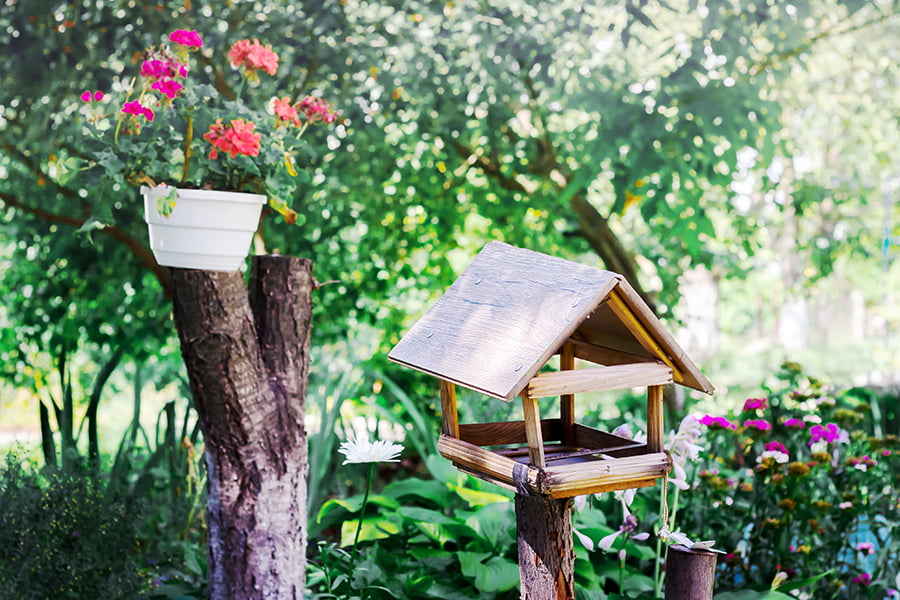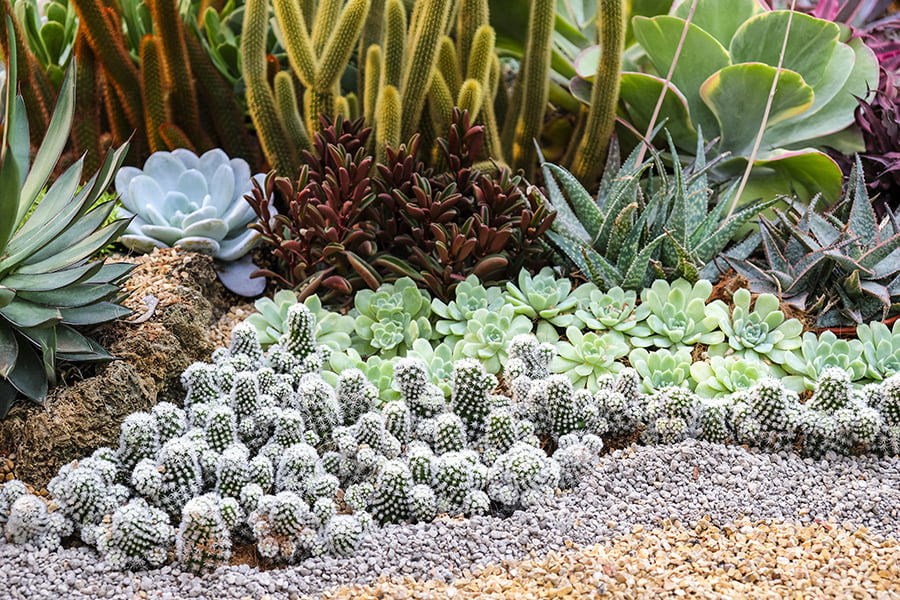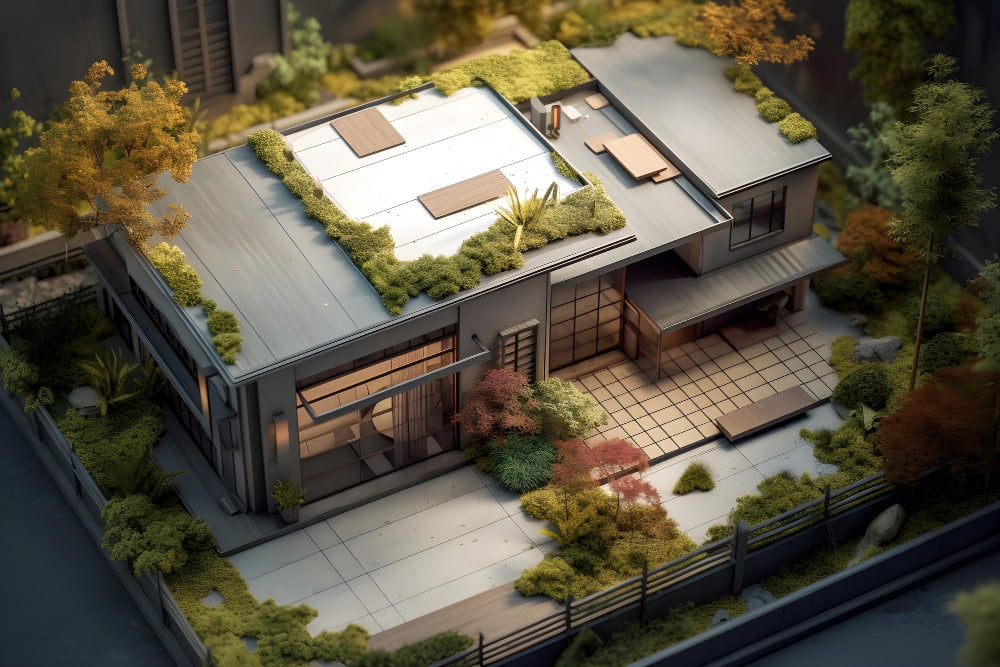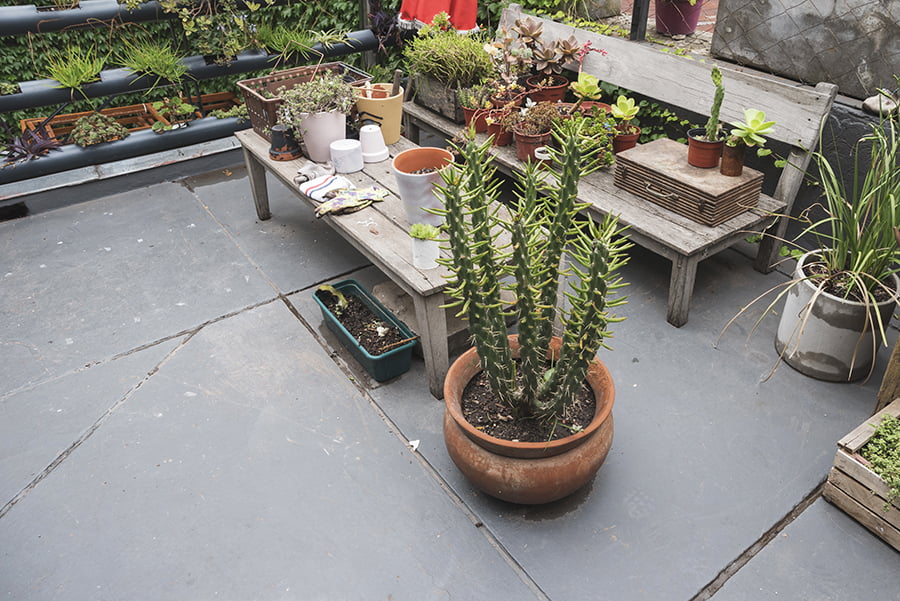Creating a sustainable landscape design involves using materials and plants that are environmentally friendly and require minimal maintenance.
This includes selecting native, drought-tolerant plants, using organic fertilizers and pest control methods, conserving water through rain gardens or cisterns, and creating habitats for wildlife. Consider incorporating elements such as permeable paving materials to reduce runoff and erosion.
Creating a sustainable landscape design is crucial to protecting the environment and conserving natural resources. It involves designing a landscape that uses materials and practices that are environmentally friendly while also providing an aesthetic appeal.
From selecting native plants to using renewable energy sources, numerous ways exist to create an eco-friendly landscape design. In this blog post, we’ll explore some key elements of creating a sustainable landscape design.
Choosing Native Plants

Native plants naturally occur in the local environment and have adapted to the climate and soil conditions over time. By using native plants, you can create a landscape that requires less maintenance and fewer resources such as water, fertilizer, and pesticides.
Native plants provide food sources for local wildlife like birds and butterflies, which helps promote biodiversity in your garden or yard. When selecting native plants for your landscape design, it is essential to research what species are best suited for your area so you can ensure their success in your garden.
Considering Water Usage
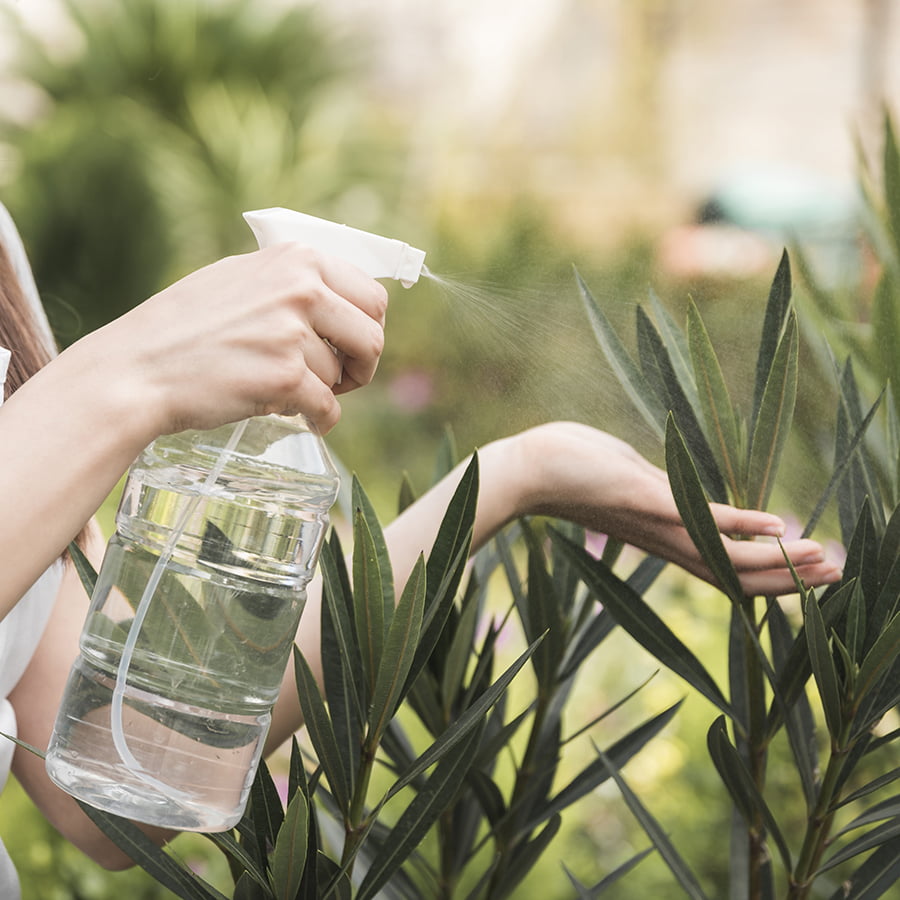
This means considering the amount of water needed to maintain the plants and lawns in the landscape and how much runoff is generated from rain or irrigation.
To reduce water usage, it is essential to select drought-tolerant plants that require less frequent watering and use mulch or other ground coverings to help retain moisture in the soil.
Installing an efficient irrigation system can help ensure that only necessary amounts of water are used for watering. Rain barrels or cisterns can capture rainfall for later use in gardens and lawns instead of relying solely on municipal sources.
Selecting Materials with Low Environmental Impact
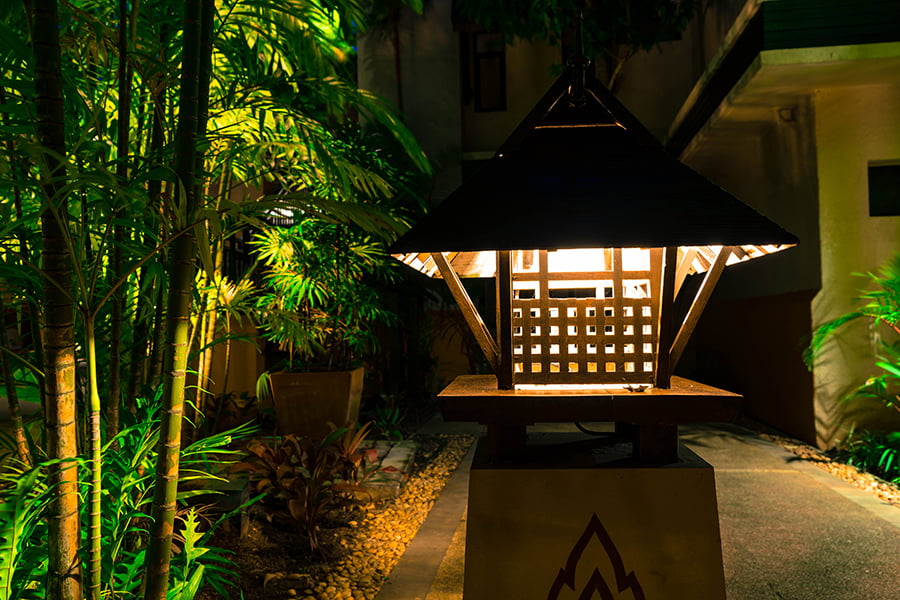
This means choosing materials made from renewable resources, such as wood or bamboo, and avoiding those made from non-renewable resources, like plastic or metal. It is essential to select durable materials that require minimal maintenance over time.
For example, using native plants in the landscape can reduce the need for fertilizers and pesticides while providing a habitat for local wildlife. Selecting locally sourced materials can help reduce transportation costs associated with shipping products from faraway locations.
Using Renewable Energy Sources
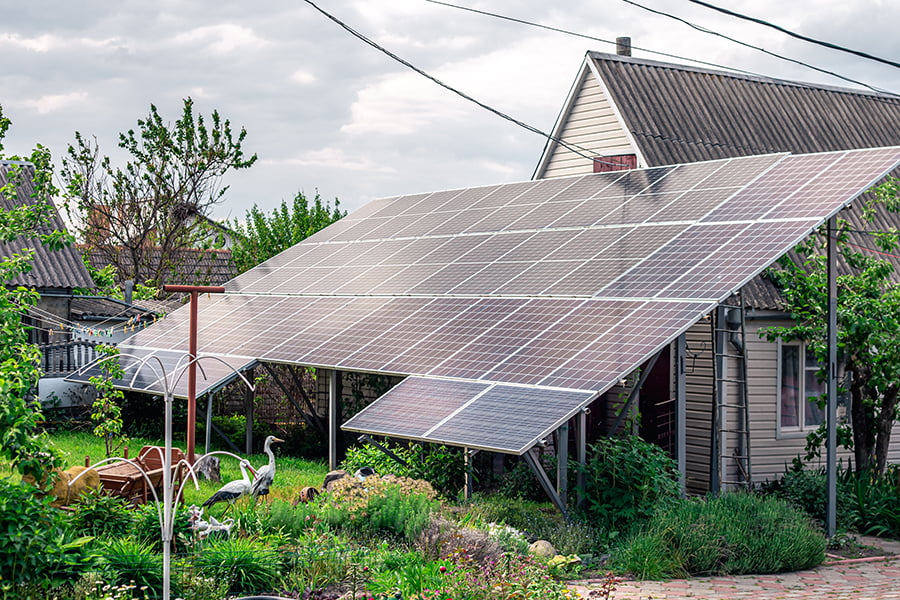
Renewable energy sources, such as solar, wind, and geothermal power, can be replenished naturally. By incorporating these sources into your landscape design, you can reduce your reliance on non-renewable resources like fossil fuels and help protect the environment.
Using renewable energy sources in your landscape design can take many forms. Solar panels can be installed to generate electricity for outdoor lighting or other electrical needs.
Wind turbines can also generate electricity from the wind’s kinetic energy. Geothermal systems use heat from the ground to provide heating and cooling for buildings or greenhouses within the landscape design.
In addition to providing clean energy, renewable energy sources also offer aesthetic benefits when incorporated into a sustainable landscape design. For example, solar panels come in various shapes and sizes that blend seamlessly with their surroundings while providing efficient power generation capabilities.
Wind turbines are often designed with sleek lines that add visual interest to any outdoor space while generating clean electricity simultaneously.
Utilizing renewable energy sources in your sustainable landscape design will reduce your reliance on non-renewable resources and create an aesthetically pleasing outdoor space that helps protect our planet’s future health and well-being!
Incorporating Composting and Recycling Systems
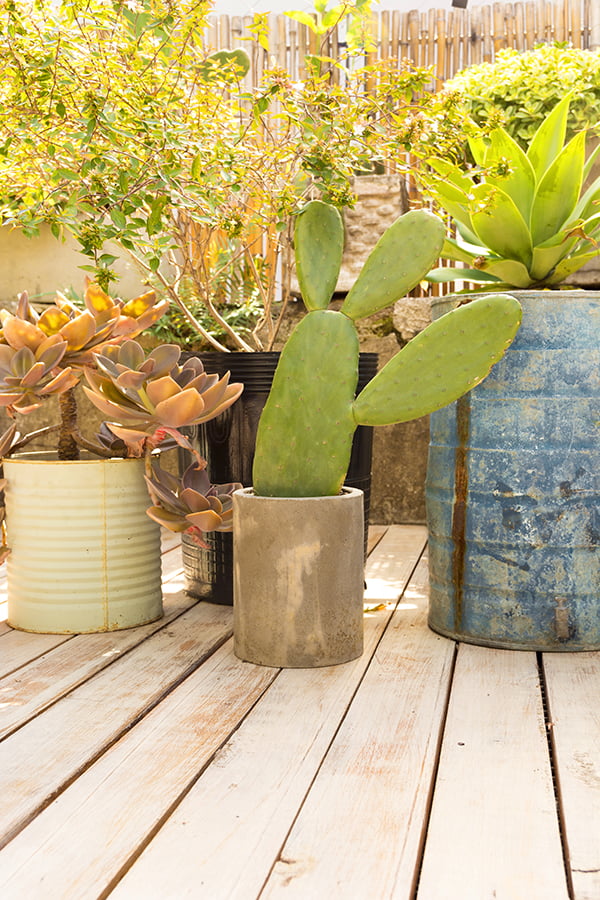
Composting breaks down organic materials such as food scraps, yard waste, and paper into nutrient-rich soil. This soil can then be used to fertilize plants in the landscape.
Recycling systems involve collecting plastic bottles, aluminum cans, glass jars, and cardboard boxes for reuse or repurposing. These recycled materials can create pathways or other aesthetically pleasing and environmentally friendly features in the landscape design.
By implementing these two systems into a sustainable landscape design, homeowners can reduce their environmental impact while enjoying a beautiful outdoor space.
Minimizing Lawn Area
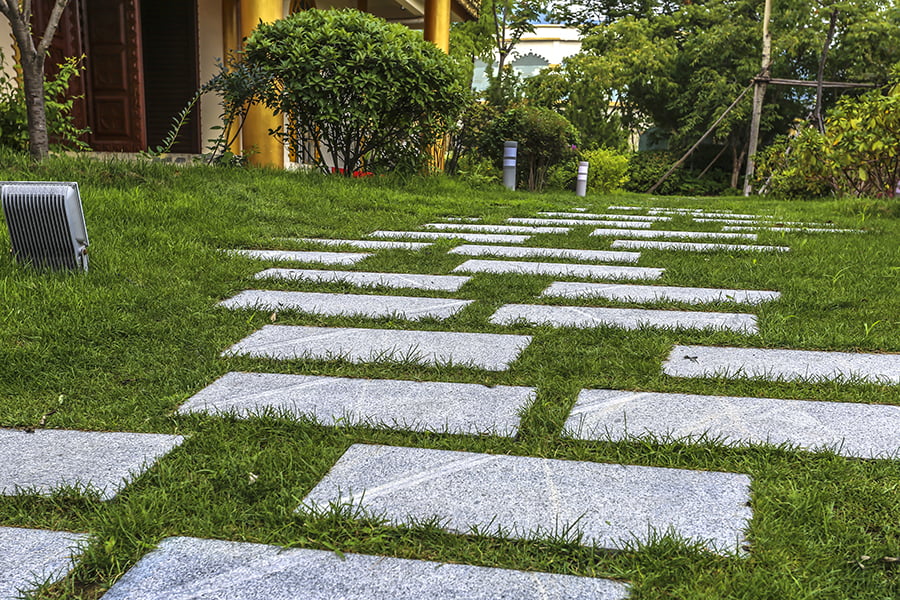
Lawns require regular maintenance, such as mowing and fertilizing, which can be costly and time-consuming. Lawns are not very effective at providing habitat for wildlife or absorbing stormwater runoff.
By reducing the amount of grass in your landscape design, you can save money on maintenance costs while also helping to protect the environment. Instead of having large grass areas, consider using native plants that require less water and fertilizer than traditional turfgrass varieties.
You can also create hardscapes like patios or walkways with porous materials like gravel or pavers to reduce runoff and provide additional outdoor living space without maintaining a large lawn area.
Creating Wildlife Habitats
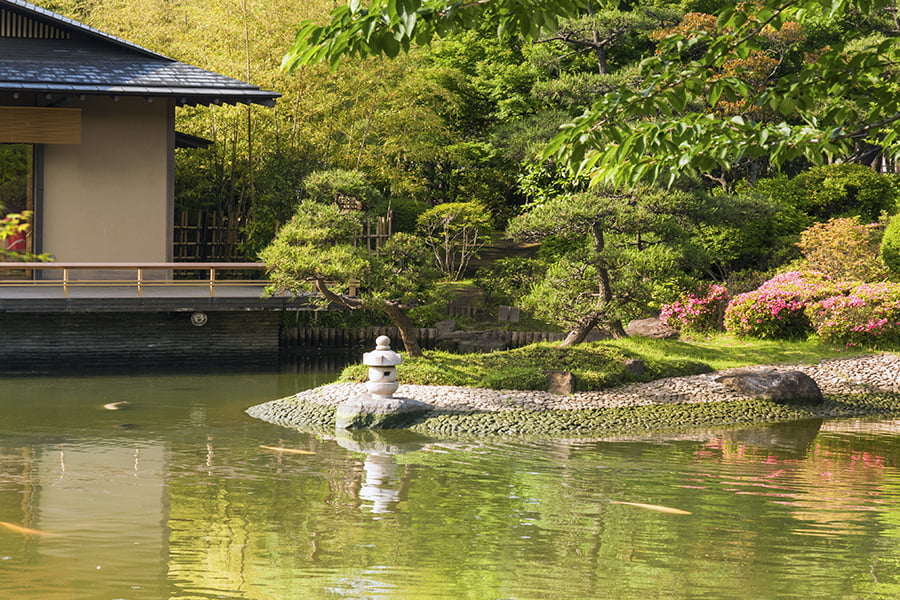
This involves providing animals with food, water, shelter, and space to live and thrive. To create these habitats, it is essential to consider the needs of the local wildlife species when selecting plants and other features for your landscape design.
For example, native plants can provide food sources such as nectar or berries that attract birds or insects. Adding birdbaths or ponds can provide water sources for animals while also helping to keep the area cool during the hot summer months.
Providing areas with dense vegetation or logs/rocks can give animals places to hide from predators and find shelter from extreme weather conditions.
By considering these elements when designing your landscape, you can create a sustainable habitat that supports local wildlife populations while enhancing the beauty of your outdoor space.

